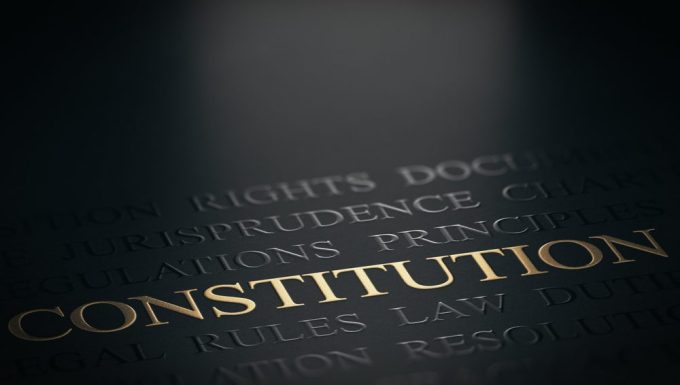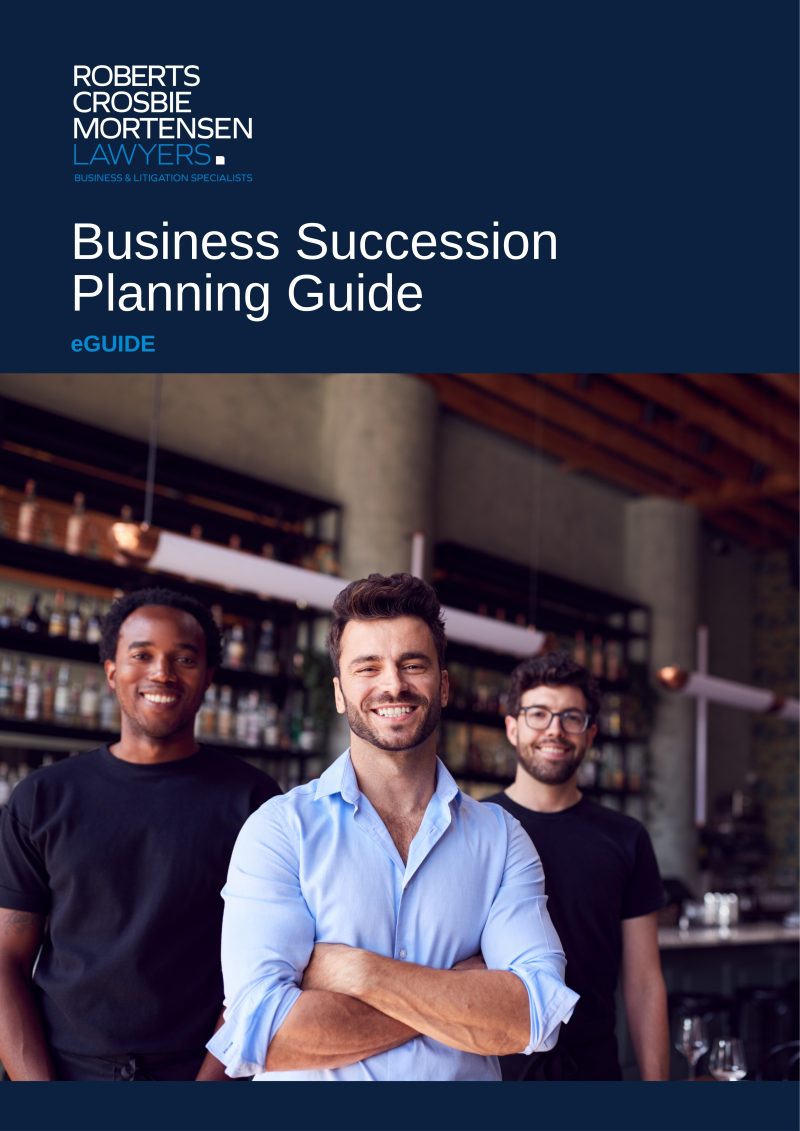Restructuring
Business restructuring relates to the transition from one structure to one or more other structures.
While ideally a good business structure will be set up from the start, this does not always occur and, even when best structures are initially established, businesses’ circumstances can change such that the initial business structure is no longer suitable.
The primary considerations for business restructuring are again asset protection and tax planning; however, the restructure may also be prompted by a change of circumstances such as insolvency, a proposed transaction or merger, succession plan or other opportunity.
Legal and tax advice should always be obtained before effecting any restructure to ensure that transactions or agreements relating to the restructure:
- satisfy applicable requirements under the Corporations Act,
- are commercial and unlikely to be challenged in future by any existing or future owner/shareholder or Liquidator,
- will satisfy eligibility requirements for any applicable Small Business Restructure Rollover relief or other Capital Gains Tax exemption,
- will preserve available Capital Gains Tax exemptions or discounts for future disposals of business interests, where possible, and
- do not trigger any unexpected liability for Capital Gains Tax, GST or Transfer Duty.




































